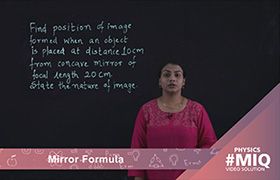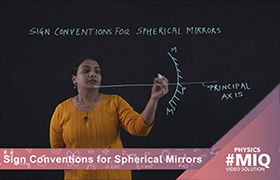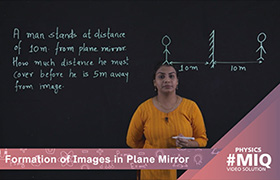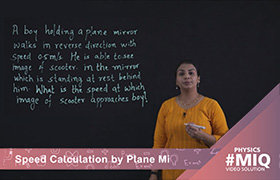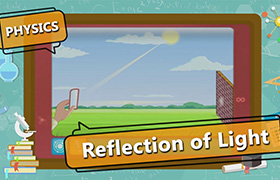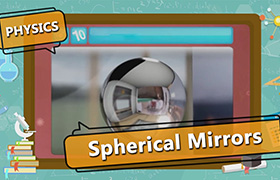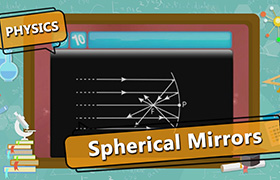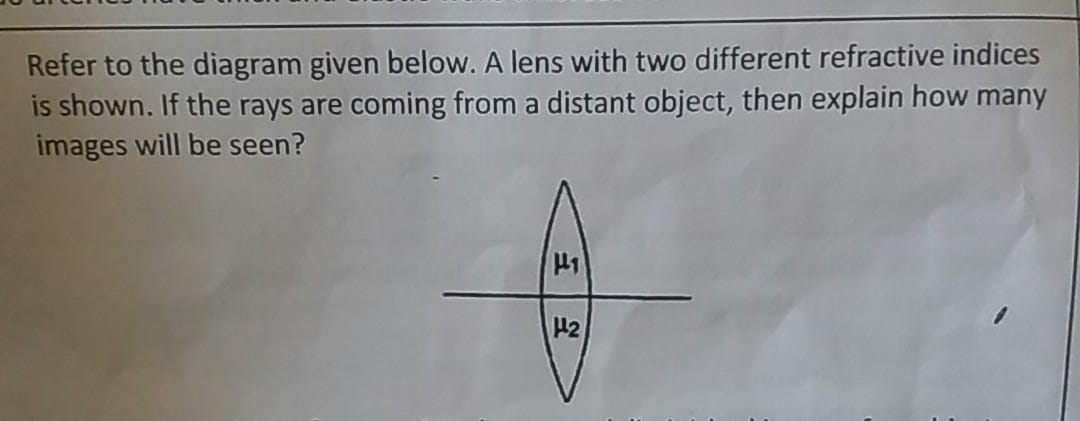CBSE Class 10 Answered
Sign Conventions for spherical Mirrors:
I. Objects are always placed to the left of the mirror i.e. light must fall on the mirror from left to right.
II. All distances are measured from the pole of the mirror.
III. Distances along the direction of the incident ray (along positive x- axis) are taken as positive, while distances along the direction of the reflected ray (along negative x-axis) are taken as negative.
IV. Heights measured perpendicular to and above the principal axis (along positive y-axis) are taken as positive.
V. Heights measured perpendicular to and below the principal axis (along negative y-axis) are taken as negative.
These sign conventions can also represented in the following diagram:

In a spherical mirror, the distance of the object from its pole is called the object distance (u). The distance of the image from the pole of the mirror is called the image distance (v). You already know that the distance of the principal focus from the pole is called the focal length (f). There is a relationship between these three quantities given by the mirror formula which is expressed as
1/v + 1/u = 1/f
Magnification
Magnification produced by a spherical mirror gives the relative extent to which the image of an object is magnified with respect to the object size. It is expressed as the ratio of the height of the image to the height of the object. It is usually represented by the letter m. If h is the height of the object and h ? is the height of the image, then the magnification m produced by a spherical mirror is given by
m = Height of Image (h') / Height of Object (h) = h' / h
The magnification m is also related to the object distance (u) and image distance (v). It can be expressed as:
Magnification (m) = h'/h = -v/u


